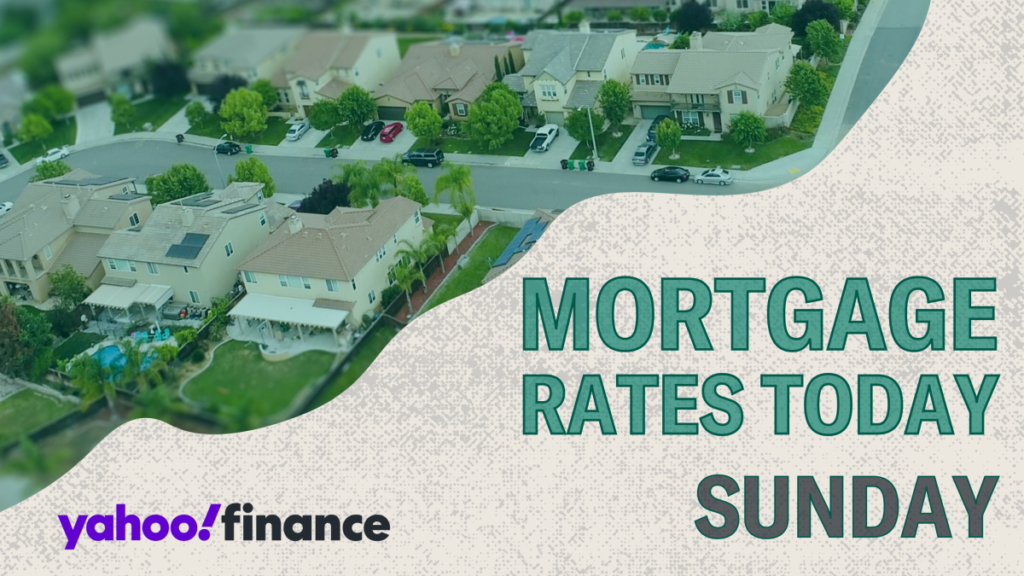Mortgage rates recently saw a slight increase over two consecutive days, with Zillow reporting the average 30-year fixed interest rate at 6.42%, and the 15-year fixed rate at 5.79%. Despite the recent uptick, there is a silver lining: rates have decreased when compared to the previous month. Specifically, the 30-year fixed rate has fallen by 13 basis points, while the 15-year fixed rate has declined by 12 basis points since November. Analysts suggest that the mortgage rate landscape may continue to fluctuate through the end of 2024 and likely into 2025. Potential buyers are encouraged to weigh whether waiting for lower rates is worth it, as significant drops in rates are not expected soon.
Presently, the average mortgage rates reported by Zillow include 6.42% for a 30-year fixed mortgage, 6.20% for a 20-year fixed, and 5.79% for a 15-year fixed. Adjustable-Rate Mortgages (ARMs) also remain significant, with the 5/1 ARM at 7.07% and the 7/1 ARM at 7.22%. For VA loans, the rates are slightly more favorable, with a 30-year VA mortgage at 5.89% and a 15-year VA rate at 5.57%. These national averages provide a framework for understanding current mortgage conditions, although they can vary across different regions and markets.
When considering mortgage refinancing options, the average rates are slightly higher, with the 30-year fixed rates at 6.51% and the 15-year rates at 5.84%. The variation in rates between purchasing a new home and refinancing is worth noting, as refinancing is often associated with higher costs, although this is not a hard and fast rule. Understanding these rates can drive important decisions for current homeowners looking to adjust their financing.
For those exploring mortgage options, utilizing online tools such as the Yahoo Finance mortgage calculator can help visualize the impact of various mortgage terms and interest rates on monthly payments. Such calculators typically account for additional factors like property taxes and homeowners insurance, providing a more comprehensive overview of expected housing costs. The 30-year mortgage remains the most popular option due to lower monthly payments compared to shorter terms.
When comparing a 15-year mortgage to a 30-year mortgage, one should contemplate short-term versus long-term goals. A shorter term generally comes with a lower interest rate, making it appealing for long-term savings, as it reduces the overall interest paid over the life of the loan. However, the trade-off is a higher monthly payment, which may strain finances. For instance, on a $300,000 mortgage, a 30-year loan at 6.42% would yield a monthly payment of around $1,880, while a 15-year loan at 5.79% would increase payments to about $2,498 but dramatically reduce overall interest costs.
When working with lenders, it’s important to consider factors beyond the advertised interest rates. Those seeking the best mortgage options should look closely at the Annual Percentage Rate (APR), which includes not only the interest rate but also any applicable fees and discount points. This number serves as a more accurate measure of the total cost of borrowing. Additionally, those aiming for lower rates should focus on strengthening their financial profiles, such as improving credit scores and reducing debt. Finally, obtaining pre-approval from multiple lenders within a short time frame may facilitate accurate comparisons and limit the impact on one’s credit score. Overall, despite current fluctuations, mortgage rates appear set to remain somewhat stable, advising potential buyers to concentrate on their immediate financial situations rather than awaiting a potentially ineffective drop in rates.

